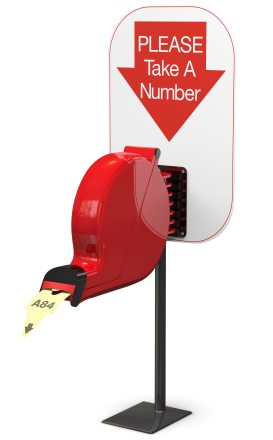Marriage is the main driver of all name changes in the UK. Women typically take their husband’s name after marriage and drop their maiden name altogether; however this is not your only choice. We explain what your married name change options are and how to go about arranging your name change.
During the 70’s and 80’s there was more resistance to women changing names after marriage, with some sources saying as few as 60% of women took their husband’s name over this time, but times have changed again and the traditional path is clearly the most popular choice of modern brides. While there are no official statistics on married name change, around 80-85% of brides will drop their maiden name after marriage.
Taking your husband’s name in place of your own is also the most straight forward in terms of administration. There is no official registration of your new name. You simply present

your marriage certificate to the various organisations where you hold and account or membership and your records will be updated. We explain more about the name change notification process later in this guide.
Another name change option is to double barrel or hyphenate your name. This is where your spouse’s surname is added to your own. The husband’s name usually appears last, but if you prefer your own name to be last this is also fine. Double barreled or hyphenated names are decreasing in popularity with around 5% of brides who change names making this choice.
The notification process can be slightly more tedious, and many government departments are changing their policies to make the use of double barreled or hyphenated names possible on the presentation of your marriage certificate. We always recommend that a bride updates any government issued identification or accounts first, such as your driving license, passport or HM Revenue and Customs. Each organisation has the right to set their own name change policies and stipulate what supporting documents will be accepted. Some organisations may insist on a deed poll document, however if you can show a wedding certificate in conjunction with an updated passport you may get your request approved by the organisation without the need for a deed poll.
Any other type of name change will require a deed poll. Some couples decide to take a different family name, such as that of a grandparent or an ancestral name, or they may take part of each of their surnames and blend it together into an entirely new name. Brides may decide they want to change their given names at the same time they change their surname, and the change may be as simple as changing spelling or the order of their first and surnames. Again, all these situations require a deed poll document.
Whatever your name change circumstance, most organisations, particularly those issuing identification documents or finance, will require a some proof of your name change. In most cases all you need is your government issued marriage certificate, which will be different from a church issued certificate. The marriage certificate is issued by the births, deaths and marriages office from the local council where your marriage took place. It may take 2 weeks for your certificate to be made available. Most organisations won’t accept a church issued marriage certificate as it is missing certain identification criteria. If your name change involved a deed poll all organisations will accept your change of name deed if it has been issued by one of the larger UK deed poll organisations.
Once you have your marriage certificate or deed poll document you should make a list of all organisations you need to contact. Call each one and ask what their name change procedure is. Some will allow name change over the phone once they can identify you as the account holder. Other organisations may need to see your marriage or deed poll certificate. Always check what kind of copy they require, as some organisations will accept a photocopy, whereas others may insist on sighting your original certificate. If the original is required, consider sending by recorded mail and always ask for it to be returned.
If you are time poor or have many organisations to contact consider using a name change notification service that will take care of all the administration for you. Name change notification services, such as www.easynamechange.co.uk, have all the name change procedures and forms on hand for almost all UK organisations. You can simply select who needs to be notified and you’ll be send a name change kit with all your personal name change details, ready to sign and send. Personalised name change kits mean you don’t have to do any ringing around to find out each company’s procedure, what documents they need to see and where you mail it to. All your letters, forms and faxes are prepared in your name and ready to send.

